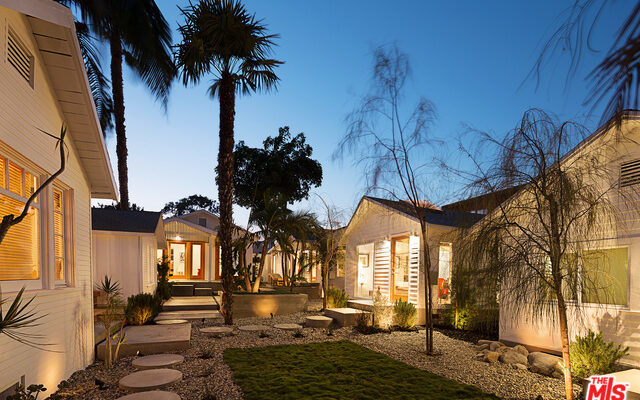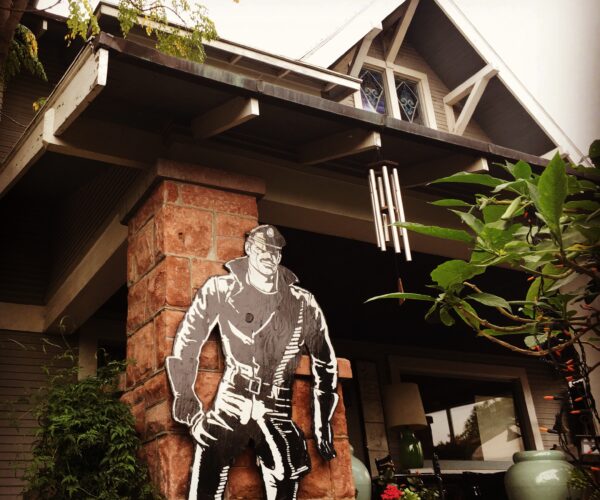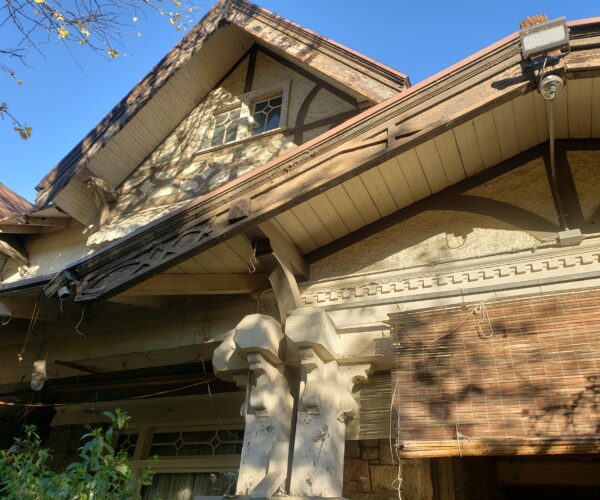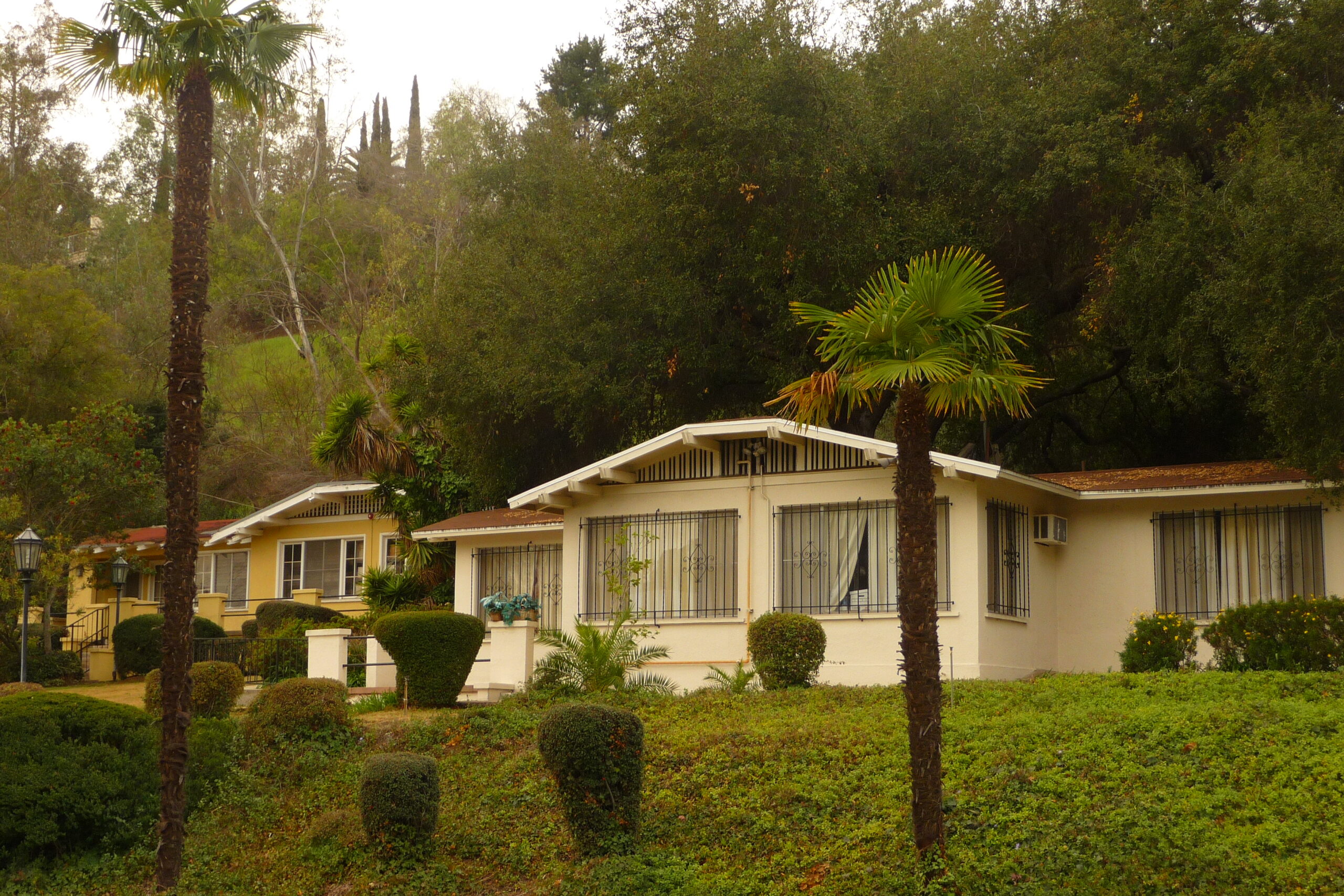
Place
Irvin Tabor Family Residences
The Irvin Tabor Family Residences (HCM #1149) represent one of the first residential properties in Venice built by and for African Americans.
Place Details
Address
Get directions
Year
Property Type
The Irvin Tabor Family Residences span two lots and consist of eight buildings (one two-story structure, one duplex, and five one-story bungalows) situated around a central courtyard in the historic Oakwood neighborhood of Venice. In 2017, these homes were designated Historic-Cultural Monument (HCM) #1149.
Irvin (also known as Irving) Tabor was born in 1893 in Morgan City, Louisiana. In 1909, he settled permanently in Venice. Tabor started work on the Venice pier and was eventually hired as the chauffer and personal assistant of Abbot Kinney, the visionary founder of Venice of America. Tabor later became Chief Messenger and Guard for the Santa Monica office of the Bank of America and founded Tabor’s Bay City Maintenance Company, the first African American-owned maintenance company in the area. Tabor passed away in 1987.
Developed during the early 20th century, the area known as Oakwood in Venice, bounded by Dewey Street to the northwest, Lincoln Boulevard to the northeast, California Avenue to the southeast, Electric Avenue to the southwest, and Hampton Drive to the west, evolved as an African American enclave during a time when de facto segregation limited the mobility and settlement of African Americans in Los Angeles. Many of the earliest settlers in the area, such as Irvin Tabor and Arthur Reese, were pioneers of the Great Migration from the South where rural poverty and an increase in the spread of racist ideologies drove African American families to find new lives in the northern and western parts of the country, including California.
The Irvin Tabor Family Residences were developed between 1916 and 1926 by Tabor for his family. When Tabor purchased the property in 1916, there was at least one building on the property. In 1922, Tabor relocated two bungalows to the property from Abbot Kinney's St. Mark's Island. He constructed several of the other building using recycled lumbar from the old Venice boathouse, gondolas, and the amusement park.
Though alterations over the years compromised the property’s integrity, the City of Los Angeles found that the historical significance of the property within the Venice community outweighed its lack of integrity, and listed the property as a Historic-Cultural Monument.
To learn more about Irvin Tabor and Arthur Reese, check out Venice's Inclusive African American Roots produced by KCET's Lost L.A.


